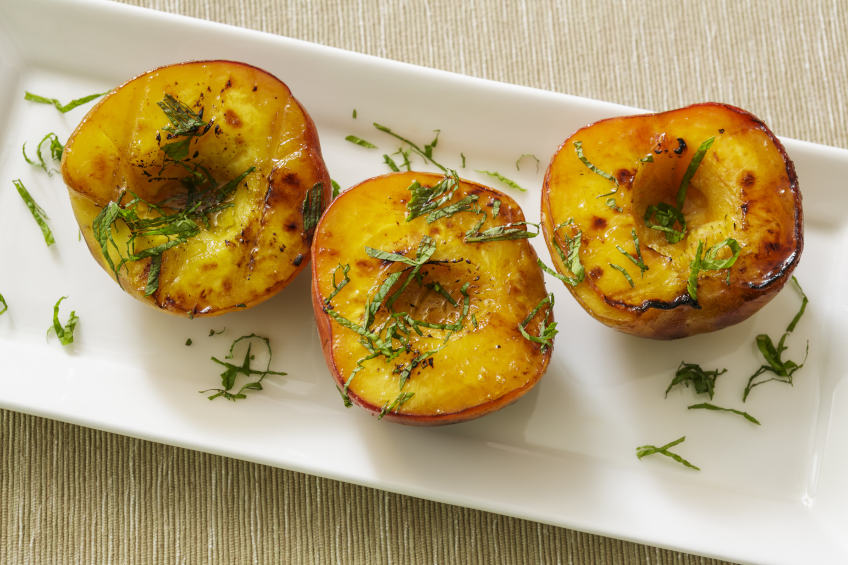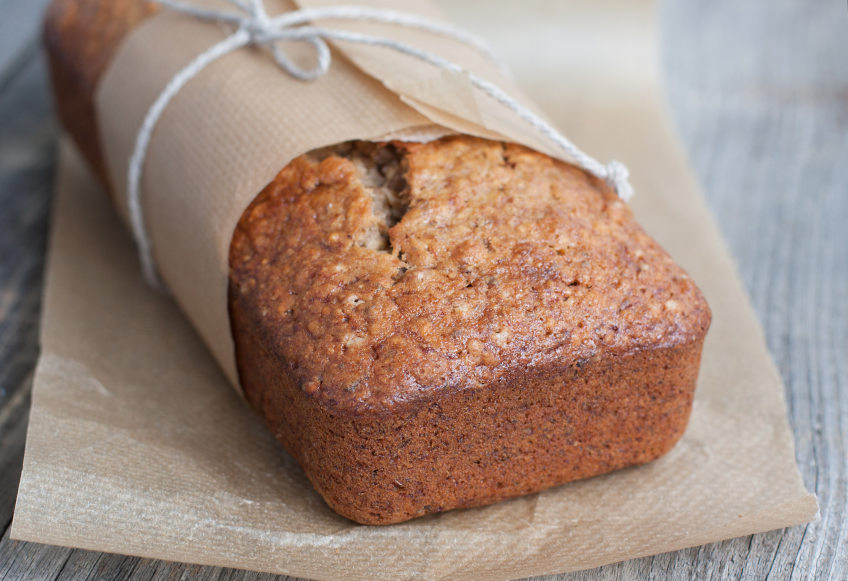
updated on: 24.07.2020
The Paleo diet was one of the hottest trends last year. It seems that 2014 seems is the year of raw food. More and more people joining the no-cooking revolution. Opting for raw meals, made with fresh, unprocessed ingredients. But is there a reason for embracing this form of eating? Are there any proven health benefits for raw cooking?
The first and most obvious advantage of this food preparation method. Nutrient loss is very small. Although removing the skin from fruits and vegetables does cut some of their vitamins, minerals and fibre. Raw fruits and veggies are still richer in nutrients than cooked ones.
Every cooking process reduces the nutritional value of foods. So by skipping the boiling, steaming, frying or baking steps, you can increase the amount of macro- and micronutrients in your meals. Still, some products are considered unsafe when eaten raw.
Raw milk and dairy products made with unpasteurized milk can carry some bacteria along with the healthy ones. These microorganisms may be pathogenic and disease-causing. For this reason, people with a weakened immune system, pregnant women and kids, are often advised to eat dairy products made with pasteurized milk instead of raw ones.
Meat is another example. In most cases, you can’t eat it raw or unprocessed. So it’s worth knowing how each cooking method affects the nutritional value of foods.
This is the best way to cook the vegetables, as it avoids the destruction of lots of nutrients. Also, it breaks down some of the fibre content. Which is useful in releasing other nutrients and optimizing their absorption. Cellulose, for example, found in the cell walls of fruits and veggies, can’t be properly processed inside the digestive system. If this compound isn’t destroyed, the release of some vitamins and minerals is reduced.
To cut the nutrient loss while steaming, prepare the vegetable whole, with skins on. Peel them after they’re cooked. Steaming is one of the least damaging cooking methods. A comparison study published in 2007 by the USDA showing that steaming the vegetables reduces the nutrient content by about 15%. For the most unstable nutrients (vitamin C, folic acid). While boiling decreases the amount by 25-35% for the same nutrients.
Boiling is also considered a safe method. It allows you to get plenty of nutrients from foods. Although in the case of vegetables for example. Due to the increased temperature, vitamins are lost in higher amounts than during steaming. But there’s also an advantage in boiling veggies. Like steaming, this method softens some of the fibre content. Allowing for better absorption of the nutrients inside vegetables.
Boiling is also used for pasta, rice, potatoes, eggs, stocks, soups and meats. In some cases, this cooking method is useful in reducing the content of salt. Still, for some foods, such as vegetables, it’s preferable not to throw away the boiling water.
Given that temperatures for baking are higher than for steaming and boiling. Vitamin loss is inevitable when baking. Thiamine and vitamin C being the most unstable at heat. Baking vegetables with skins intact minimizes the contact with air. So it reduces the loss of nutrients. Still, if you add water in the baking dish, the food will be prepared through a combination of boiling and baking. So more nutrients loss.
This cooking method destroys and inactivates some of the microorganisms in foods. This enhances the nutritional value of the final dishes. Moreover, baking can make protein in meat and eggs easier to digest. In the case of grain-based products, it can increase the amount of vitamin B. As this micronutrient can be synthesized as a result of yeast activity.
As a general principle, higher temperatures and extended baking times destroy more nutrients. So it’s better to stick with boiling or steaming for fruits and vegetables. And to choose baking only for grain-based dishes or meat.

Of all these methods, the least healthy is frying. It destroys more nutrients due to the higher temperatures. Frying requires you to cut and peel the foods before preparing them. So it exposes the products to oxidation and this causes significant nutrient loss. Adding oil can protect some of the nutrients. But, it adds calories and can create free radicals. Especially if the temperature exceeds 150C/300F.
Fried foods absorb fat and end up with a higher energy density. They’re harder to digest than grilled foods for example. So if you have to opt between frying and grilling for your meat-based dishes. Grilling is always a better idea for keeping the meals lighter.
An interesting review on macro- and micronutrient loses during frying showed that in some cases this cooking method can preserve or even enhance the content of nutrients in foods. Potatoes, for example, have a higher content of dietary fibre when fried. That is due to the formation of resistant starch. Thiamine and vitamin C content of fried potatoes was found to be as high as in raw potatoes. While for fried pork meat, thiamine was well retained after cooking.
We can thus conclude that each cooking method has its advantages and drawbacks. And none of them is threatening for your health as long as you keep your techniques varied. Alternate between baking, frying, boiling, steaming and eating raw foods.
Are you are raw foodist? Join our Facebook community and share your thoughts with us!

Updated on: 08.09.2021 The lymphatic system is involved not only...

Stress can make you gain weight – we’ve heard this...

Various theories exist to answer this question. As you will...

Both rebounding and jumping on a trampoline are excellent ways...

The health benefits of using vibration plates to burn fat...